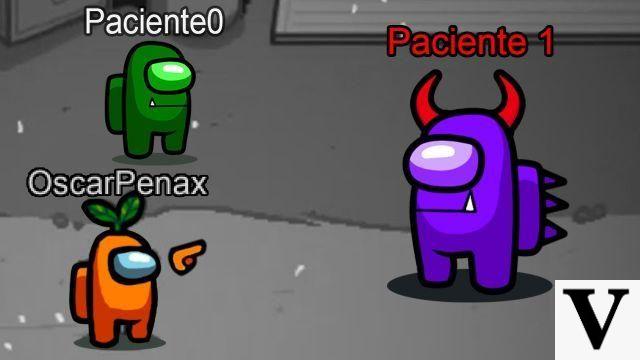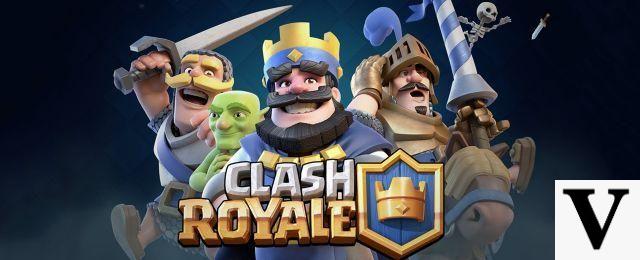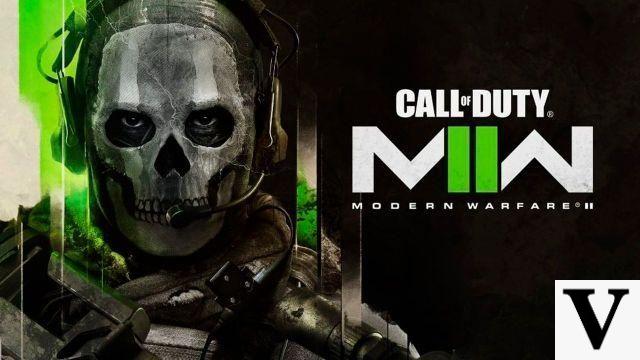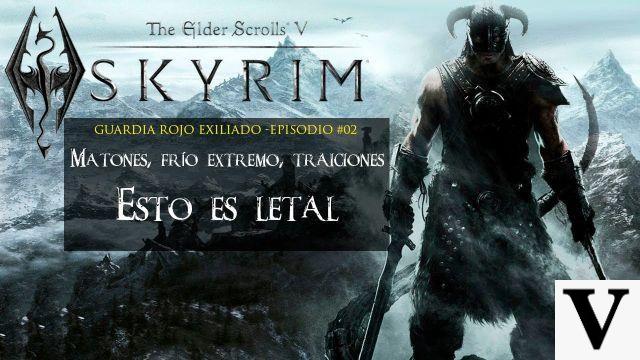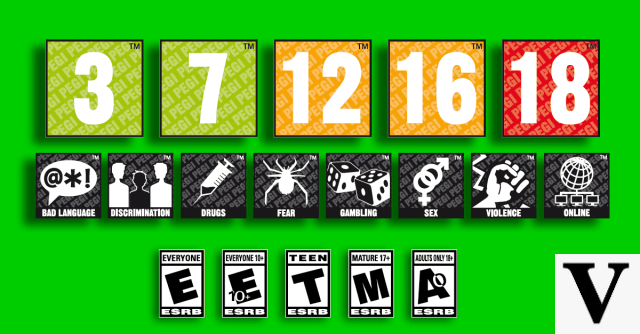
Welcome to Clash of Gaming, where we bring you all the information you need about video games. In this article, we are going to talk about PEGI, the video game rating and what it means. If you are passionate about video games, it is important that you know this classification in order to choose the right games for you or your children. Read on to find out more!
What is PEGI?
PEGI, which stands for Pan European Game Information, is a video game rating system used in Europe. It was created in 2003 by the Interactive Software Federation of Europe (ISFE) and is used to inform consumers about video game content and help them make informed purchasing decisions.
How does the video game classification work?
The video game classification is based on a series of criteria, such as violence, inappropriate language, sexual content and fear. Each game is rated by a panel of video game content experts and assigned an age and content rating.
age ratings
The PEGI age rating consists of the following categories:
- 3+: Suitable for all ages.
- 7+: May contain mild violence or moderate fear.
- 12+: May contain more intense violence, inappropriate language, and more mature themes.
- 16+: May contain intense violence, strong language, and sexual content.
- 18+: May contain extreme violence, offensive language, and explicit sexual content.
content tags
In addition to the age rating, PEGI also uses content tags to inform about the type of content present in the game. These tags include:
- Violence
- Inappropriate Language
- Sexual content
- Fear
- Drugs
- Discrimination
Where can I find information about video game ratings?
If you are interested in learning more about video game ratings, there are several reliable sources you can consult:
- Wikipedia: The PEGI page on Wikipedia offers a detailed description of the classification system and its history.
- Spanish Video Game Association: AEVI is an organization that represents the video game industry in Spain and offers information on the classification of video games in the country.
- Contraste Website: Contraste is a website that provides detailed analysis of video games, including information about their rating.
- Recommended Age Ratings PDF File: This PDF file, available on various websites, provides a complete list of recommended age rated games.
Frequent questions
What does the 3+ rating mean?
The 3+ rating means that the game is suitable for all ages. Does not contain violence, inappropriate language, sexual content, fear, drugs or discrimination. It is a safe game for children to play without supervision.
What should I do if a game has an age rating higher than mine?
If a game has an age rating higher than yours, it's important to respect that rating. The age ratings are designed to protect players and ensure that they play games that are appropriate for their age and maturity. If you have questions about a game's rating, you can check reviews and reviews on trusted websites like Contrast.
Conclusion
In short, PEGI is a video game rating system used in Europe to inform consumers about the content of games. Knowing a game's rating is important in order to make informed purchase decisions and ensure games are appropriate for the player's age and maturity. Remember to consult reliable sources such as Wikipedia, the Spanish Association of Video Games and the Contrast website for more information on the classification of video games. Have fun playing and choose wisely!
We hope this article has been useful to you! If you have any questions or comments, feel free to leave them below. We would love to know your opinion. Until next time!
Article written by the Clash of Gaming team








